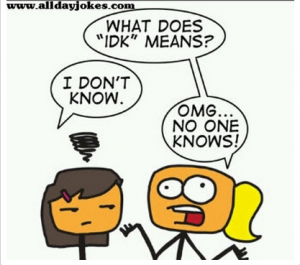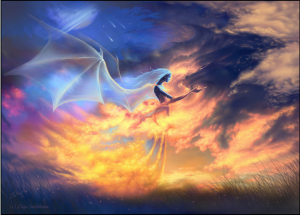Question 3
My vision for my character Falion was more a feeling than it was a concrete image. I knew how to get that across in words, but not in image. But as words are my medium, color and images are Liiga’s. Where I knew how to get you to feel Falion’s angst and world weariness in my novel, Liiga knew how to put that into his face. It amazed me to see his transformation from a page of words to a canvas of color. So I asked her how she did that magic.
The process of getting from an idea in someone else’s mind to a painting can be a little esoteric. I usually start by trying to capture the mood or essence of the character in the initial concept sketches, intentionally keeping them fast and loose. Once the client and myself are on the same page on the general feel of the thing, the details can be narrowed down further.
How smoothly this goes can be affected by a number of things, such as the description and references, if any, and how specific the client’s mental image of the desired painting is. Sometimes the provided materials can be scarce, while other times they can be too specific or abundant. There have been a few cases where so many symbolic elements were to be included that it was difficult to find a composition that did not omit any, but also didn’t dissolve under the clutter or impossible spatial relationships.
Solving these challenges is usually enough of a motivator in itself, though for me anything that comes with a need for shiny details, creative, surreal, or creepy things holds just a little extra charm.
Full interview will be available after the last of the selected questions has published on December 12.




